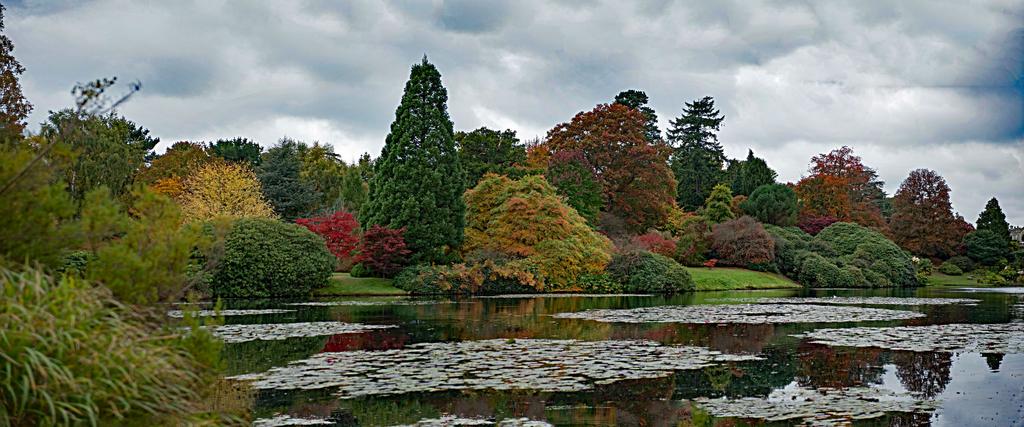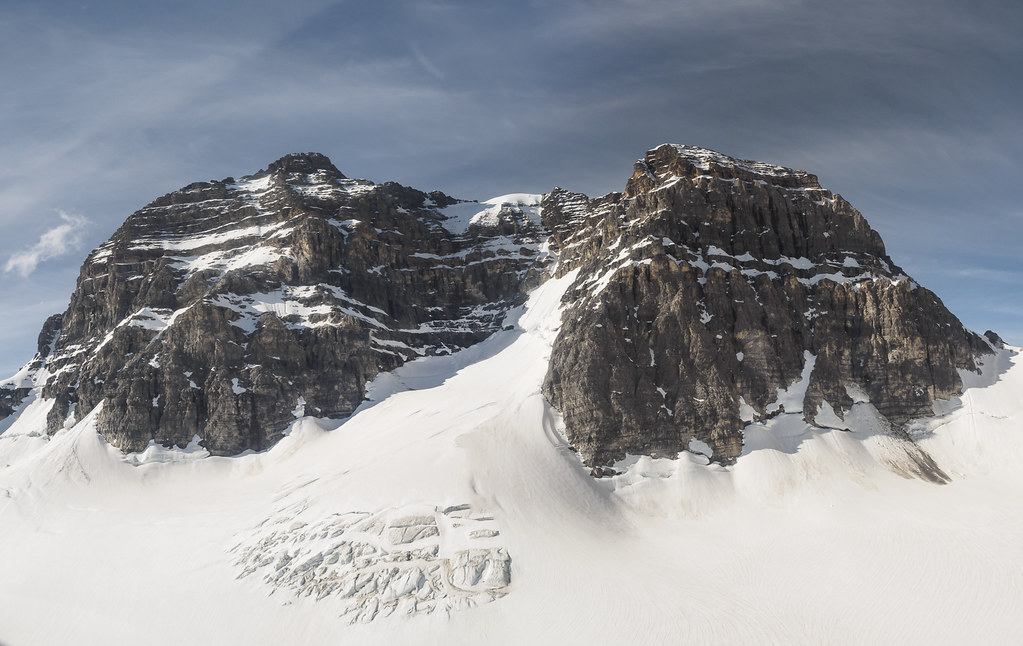How much overlap did you do for each shot? Try using say a 20% overlap on each shot not edge to edge from one frame to another. this was about 6 frames with that amount of overlap
Best seen enlarged
Nikon D800 and nikon 24-70mm lens on a tripod
Don't want to upset but you have asked questions
If I may I think you are going overboard with equipment That is not needed . Tilt shift lens - Lee Big Stopper and a Lee 6ND Half Grad , stop using them not necessary.
Ithink you may have been reading up too much about you must use this and that to balance light , forget it.
forget long exposures as well for this kind of picture, better for water movement smoothing.
ok try this instead
Just go out and stick a camera on a level tripod and and a lens of your choice. Frame up the subject which should be some distance away . Not too much sky and foreground, after all it is a pano shot your after taking up the centre third of the shot . I turn the camera first to check levels in the viewfinder. then ready to shoot the shots with a 20% overlap on each one with no delay between shots (clouds move and can ruin your effort)
Stitching together in an editing suit, I use adobe elements 14, that overlap removes any vignetting that might be in any frame ( your problem).
Anyway that is what i did with this picture of the trees
Again sorry if I am a bit abrupt in my reply it is not intentional







 The Rockies 1-
The Rockies 1-